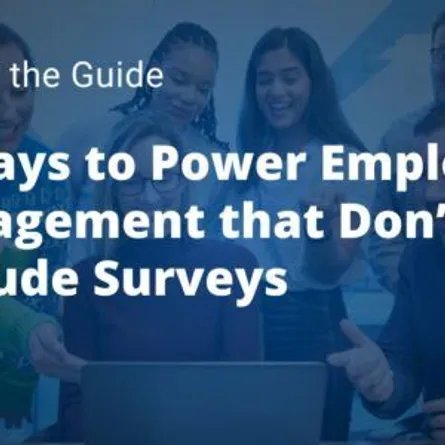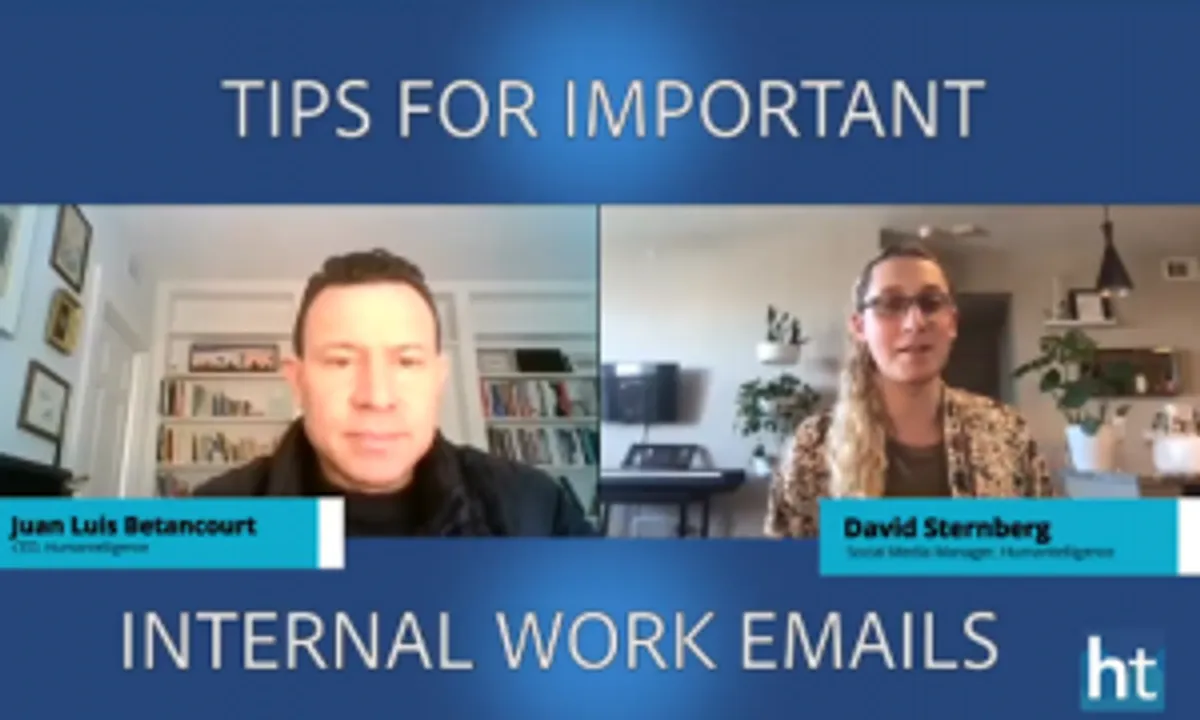
Angry & Overloaded? Read This Before Your Next Email
- Admin
- Collaboration
- 23 Jun, 2023
Overwhelmed with Internal work emails? Yes! Too aggressive, too many, not enough, no response, or maybe just too many of the dreaded reply-all — you name it, as senders and receivers of emails, we have made ourselves miserable.
People get dozens, even hundreds, of emails a day, and it’s easy to miss a thread—or just plain ignore them — not that you would! And we’ve all been there before…the premature Send of a strongly worded email that might just not go over so well.
Generally, experts agree that about 130 business emails are sent and received each day per person. And with more people suddenly finding themselves working from home or in distributed teams, not only have digital communication tools been pushed to the forefront as a primary means of communication, but it’s become all too easy to hide behind our keyboards.
Where you might usually speak to someone in person to organize a meeting or find a quick answer, remote working means making do with digital substitutes — email being the number one fallback.
As more and more folks enter the job market — and new kind of workforce — email continues to get complicated. According to Gretchen McCulloch, internet linguist and author of Because Internet: Understanding the New Rules of Language, “I think it’s a misconception that everyone in the modern workplace knows how to email, especially younger people.” She points out that people who got online after the rise of social media may never have emailed socially, instead becoming accustomed to the norms of other digital messaging formats, such as chat or social media posts. “People who have been online for 10 or even 15 years haven’t been exposed to routine professional emails — routine emails for trying to accomplish tasks between people in a professional context.”
Further, in a recent study on the effects of email, a team led by researchers from the University of California-Irvine, hooked up forty office workers to wireless heart-rate monitors for twelve days. They recorded the subjects’ heart-rate variability, a common technique for measuring mental stress. They also monitored the employees’ computer use, which allowed them to correlate email checks with stress levels.
What they found: The longer one spends on email in a given hour the higher is one’s stress for that hour. In another study, researchers placed thermal cameras below each subject’s computer monitor, allowing them to measure the tell-tale “heat blooms” on a person’s face that indicate psychological distress. They discovered that batching inbox checks—a commonly suggested “solution” to improving one’s experience with email—is not necessarily a panacea. For those people who scored highly in the trait of neuroticism, batching emails made them more stressed, perhaps because of worry about all of the urgent messages they were ignoring. The researchers also found that people answered emails more quickly when under stress but with less care—a text-analysis program called Linguistic Inquiry and Word Count revealed that these anxious emails were more likely to contain words that expressed anger.
So when the number of emails sent and received in a day continues to rise — only to be further complicated by varying email user levels — your job as a sender (and receiver) becomes more challenging. The truth is that some emails are more effective—and likely to get a response—than others. Your email will be noticed and get the attention it deserves when it is written appropriately and geared to your audience.
No matter what field, industry, or user level, a better email experience is imperative — both from productivity and mental health standpoints — and knowing how to write effective emails that achieve your goals is more vital than ever. When you’re writing an email, you want to do everything in your power to ensure the recipient sees, opens, reads, and feels compelled to act on it the way you’re hoping. Here are the email basics, some refreshers for those more seasoned senders, and a couple superstar tips for everyone!
The Anatomy for an Email
No matter what your email is about, they can all be broken down into the same basic components. Depending on the situation, you might not need to use all of these elements, but consider each one carefully based on your goals.
Subject Line
NEVER send an email without a subject line! If you do, there’s a high likelihood it will remain unopened, whether the reader skips over it or it lands in their junk folder.
Ideally, you write the whole email, then you write the subject line by looking at the email and saying ‘what is the three to seven-word summary of this entire email?’ This means the recipient can easily see what the email is about, whether any action is required, and how urgent it is that they respond.
Protip! McCulloch emphasizes the need to think of the other person when you’re choosing your subject line. For external emails, including their company name may be helpful for you as a unique identifier, but the name of your company will likely do more to distinguish it from other emails in their inbox. “A lot of people use search these days rather than folders to find old emails, and for search, you want to have your keywords, especially in the subject line,” she says.
When in doubt or strapped for time, just be sure to clearly state what your message is about and set the right expectations. Stay away from subject lines that just say “Hello” or “Please read” unless you know the person well. The only time you don’t need to write a subject line is if you’re responding to or forwarding someone else’s message: In this case, you can just leave the existing subject line—unless you want to highlight a specific deadline or action item.
Greeting
You probably wouldn’t walk up to someone at work and just start talking about the report that’s due without saying “Hi” or even their name. Right? And in the new age of remote work where it’s likely you might never meet colleagues face-to-face, you probably shouldn’t do it over email either, and you definitely shouldn’t do it if you’ve never communicated with the person before. Start your message with an appropriate salutation (most commonly “Hi,” “Hello,” or “Dear”) and the recipient’s name.
In most workplace communications, a first name only is just fine, unless the person works for a more formal company where using their full name might be more appropriate. Including a first or full name (if formality is warranted) is always better than accidentally mis-gendering somebody with a “Ms.” or “Mr.” For formal communications, particularly with people who have earned doctorates, it’s always a nice touch to include Dr.
Body
This is where you actually write the information that you want to send the person you’re emailing. Every email has a body, whether it’s a single word (“Thanks!”) or paragraphs (and paragraphs, and more paragraphs)—but please don’t make it too long! For professional emails, make sure that you keep your language appropriate for the situation and clearly state why you’re sending the message and what (if any) action you’re hoping the recipient will take after reading.
Don’t be afraid to use formatting for emphasis — colors, underline, or bolding — to call out particularly points, actions, or important dates. As we all know, CAPS are NEVER good.
Now if you really want to get a response from your recipient, tailor the email! Make sure you deliver information in a way that speaks to them, in ways they learn or take in info best. How? Well, you need to know their EQ — and with a simple email plug-in, it’s right at your email-writing fingertips. See more in our tips section!
Closing & Signature
Your email closing is the (usually single) line before your name and/or signature. Skipping this can come off as rude or abrupt, so be sure to include one unless you’re emailing with someone you know well or you’re several emails into a thread. The most common professional email closings are “Best” and “Thanks.” Boomerang has done some work on closings that get the most replies here. But you can definitely change it up based on your preferences and the circumstances.
Also, if you know your recipient well and she/he knows you well, a comedic closing — especially for those long-winded but ever necessary novel-length emails — is always entertaining. My go-to for my most verbose messages is always a classic: “Anyway.”
When it comes to the signature, you typically end with your name as sign-off followed by your block of contact information. As recent trends suggest, always feel free to include your pronouns as part of your email signature. This helps create a culture where people can bring their full selves to work and gives people transparency into how you should be addressed.
Email Tips & Reminders
Here are a few tips and recommendations to make sure your emails are effective. If you want tips and trick for internal work emails — those 1:1 colleague communications or emails to managers, bosses, departments, or company-wide — get our quick tips in this 5-minute video on writing better emails today!
Keep It Concise
If sifting through your inbox in the early morning or late evening — in between all the other work! — you’re probably more likely to respond in the moment to something that’s a few short paragraphs at most as opposed to something that’s much longer. Keep your emails short and to the point as much as possible with a clear ask.
Add a Personal Touch & Get Emotional
Because you want to be concise, and written messages can sometimes lack tone, email can feel abrupt, but this is easily fixable. Being professional doesn’t mean you need to be robotic. So before you jump into the meat of your message, provide a quick pleasantry or find a common interest on which to comment…think sports, arts, family, hobbies, etc. You should also take it a step farther and flex your emotional intelligence muscle. Before you click send, take one last precautionary step to make sure your email lands just right!
One of the most important, yet overlooked, tools in the email writing toolkit is EQ, and as we move into more long-term remote and hybrid work models, it’s going to be imperative to infuse emotional intelligence into your communications to optimize likelihood of response and action. With a simple plug-in, you (and the rest of your colleagues) will have the kind of communication-rich information needed to not only write better emails but also collaborate more meaningfully with one another.
Imagine being able to click on a recipient’s address and see real-time tips and recommendations for communicating, motivating, and influencing them. Imagine seeing this same information in aggregate for a group meeting. Imagine knowing who best to tap on for specific asks, for helping lead certain initiatives, and who might benefit from a heads up on certain items — all of which takes into account your recipients’ behaviors, motivators, and work energizers in an easy-to-understand way.
Some have called it “a transformational tool for remote work that allows for informed collaboration and communication.” Some might even say it’s the best-kept future of work secret that will help you communicate and collaborate better, understand individual and collective communication insights, and figure out how to re-energize the collaborative juices for teams who may have never met in person — and for purposes of this article, get your emails opened and acted upon!
State Your Intent
In all email messages, explicitly say why you’re emailing in the first couple lines. Don’t make the reader guess at your point. At the end of your email, you might also include a call to action such as “Can you get me feedback on this deck by X day?” or even a clear statement that ‘no action is needed, just keeping you in the loop’ is helpful. Be sure the recipient comes away with the right information.
Duh, Proofread!
If you’re sending multiple emails a day, it can be easy to overlook this step (guilty as charged!), but you should be re-reading all (okay, maybe just the most important!) emails for spelling and grammar. This probably isn’t necessary for notes to colleagues you email multiple items a day, but for particularly important or delicate emails, it might help you catch that embarrassing typo or mistake before you hit send. Also to note, technically correct grammar and punctuation may be essential for someone working in publishing, for example, whereas people in another industry may take a less formal, more chatty approach. Regardless, correct grammar never fails.
Make Sure Email Is the Right Avenue
Just as important as knowing how to email, is knowing when not to do it at all. Sometimes a phone or video call is better if the topic is complex or sensitive. While a well-written and concise email is effective and allows the reader to respond in their own time, a phone call can sometimes take the place of multiple emails while getting much more accomplished and building a stronger relationship. An immediate answer might also be necessary given the situation and, because email volumes are skyrocketing, consider a direct chat.
And as a final tip, emailers should always bear in mind that their messages may well end up in front of a much larger audience than they anticipated, whether through legal discovery, a leak, hack, or the dreaded un-anticipated forward.

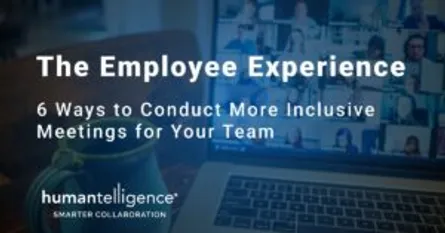
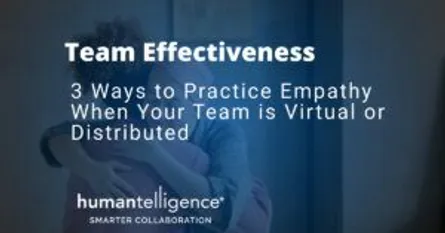
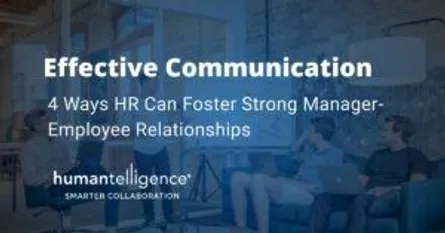


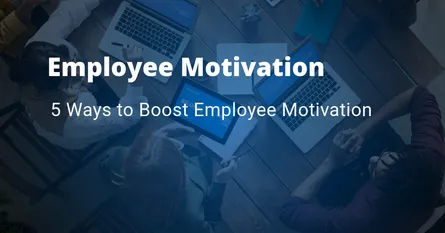




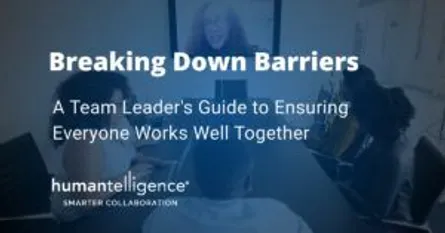









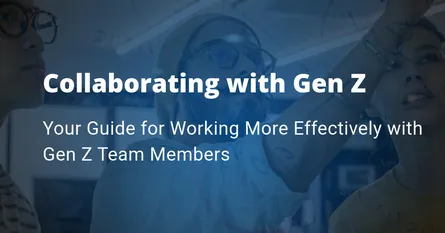



-Low-Quality.DNBpXyLx_1VXSiM.webp)
.CiqwvMOO_A63sY.webp)
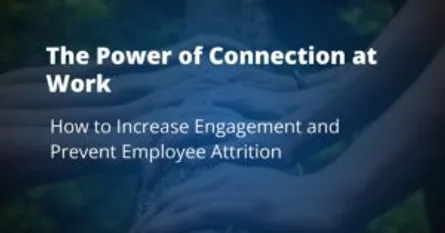
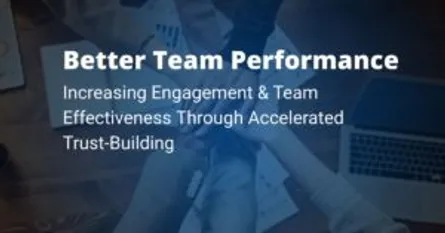
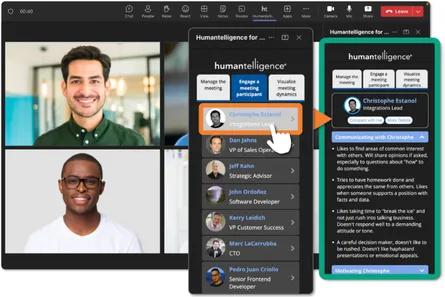


-Medium-Quality.ZFp5mEuF_Z13ebXJ.webp)

